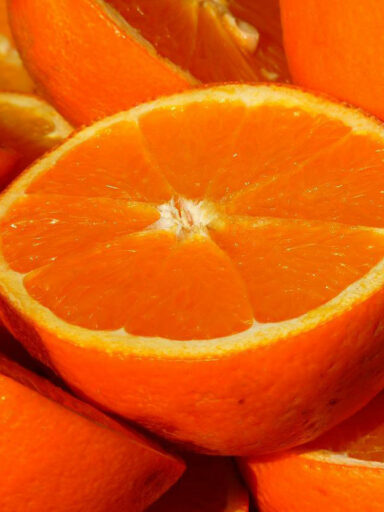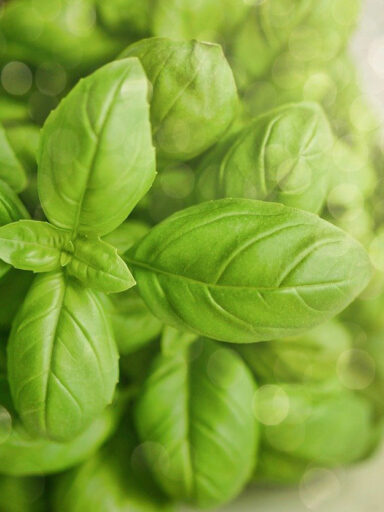The bay leaf is generally an aromatic leaf used to impart a distinct flavor and fragrance into a dish through cooking. There are several varieties of trees which these leaves can be gotten from either Bay laurel, Indonesian bay leaf or Indonesian laurel and Mexican bay leaf.
They are also gotten from the California bay leaf also called California laurel, Oregon myrtle, or Pepperwood. Others are Indian bay leaf or malabathrum and West Indian bay leaf. Then there is the Mediterranean bay laurel which has a stronger flavor.
Each of these has slightly different fragrances flavors and uses ranging from sweet cinnamon aromas to more rustic or stronger scents. This makes them ideal for both culinary and other uses.
The plant is believed to have originated in Asia Minor region and the wider Mediterranean where it is still popular in flavoring food. The leaves grow to about four or five inches long and are oval in shape.
Bay leaves are usually picked green and dried slowly in the shade away from direct heat or sunlight. Bay leaves can be stored for several months when dry. The leaves are usually sold packed whole. There are also some spice stores that will sell it ground into powder.
One must always be cautious when buying powdered spices as they can easily be adulterated. Good leaves should not show any signs that they were infected with mold prior to drying. The leave should be of even color and have no spots or blemishes.
The leaves should be stored at home in a dry dark airtight container to prevent losing the aroma from the light-sensitive oils.
Usage of Bay leaf in the Kitchen
Bay leaves are adored for their pleasing and sweet aroma when added to the recipes. The dried leaves have a strong flavor and should, therefore, be used sparingly.
A single leaf or two is all that is needed to flavor a dish. They are popular in European, Mediterranean, and American cuisine. The leaves can be used to flavor poultry, soup, stew, sauce, meat, seafood and vegetable dishes, and sauces. usually, the leaf is removed from the pot before serving as the leaf doesn’t really become soft after cooking.
Bay leaf is used alongside and is one of the ingredients of a bouquet garni together with basil, celery, sage, and thyme. The leave is also used in herbal tea, tomato sauce, bread sauce, and béchamel sauce.
Nutritional Benefits
Bay leaf is extremely rich in vitamins and minerals as well as carbohydrates, protein, and fat. It contains no cholesterol and is rich in calories at 313 calories per 100 grams. It has a 29% fat content, 13% protein, and 57% carbohydrate content.
It is very rich in vitamin A and vitamin C. The leaves are also very rich in B-complex vitamins namely folates, niacin, pyridoxine, and riboflavin. It is rich in potassium and contains trace amounts of sodium.
Bay leaves are very rich in minerals including calcium, copper, magnesium phosphorus, selenium, and zinc. It contains very high amounts of manganese and iron.




